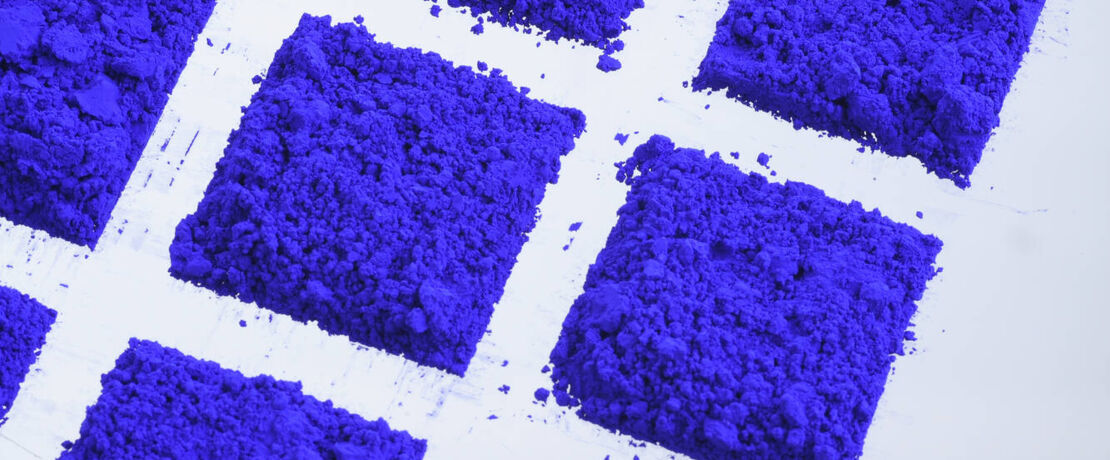
Filler and Pigment Treatment
Dynasylan® builds molecular bridges
More than 30 percent of all thermoplastics and polymer composites worldwide contain fillers. Yet distributing the fillers and pigments in polymers is a major technological challenge. That is where silanes come in – they form the bridge between the organic and inorganic worlds. By improving flow capability or formability, they make processing easy and impart high-quality properties such as greater stability or better conductivity to the end products.
Ever since they were developed more than 50 years ago, organosilanes have been used to refine composites and pigments and to extend their lifespan. The chemical bond formed thanks to the silanes is crucial for improving the polymers’ mechanical properties.
Silanes ensure fillers and pigments are distributed
Inorganic materials such as kaolin, clay minerals, talc, mica and quartz are among the most common fillers, while functional fillers like ATH (aluminium hydroxide) and MDH (magnesium hydroxide) and inorganic pigments such as TiO2 are used in plastics.
However, in order for them to be distributed homogeneously, their inorganic surface must be modified. Organosilanes bond with the mineral surface, and their organic side chain enables bonding with organic substances such as polymers. Only then can the fillers and pigments in plastics be processed with maximum effectiveness and thus achieve their maximum effect.
Sizing with Dynasylan®: Less water and improved melt flow rate
Dynasylan® silanes from Evonik are the ideal adhesion promoters that bond with inorganic fillers of different polarities. This capability is all thanks to their hybrid structure. Dynasylan® is available for almost all types of pigment, fillers and plastics.
Moreover, sizing with Dynasylan® makes the polymers significantly more water repellent. The less water penetrates the material, the easier it is to process further and the longer-lasting the plastic. Alkylsilanes are the main product used for hydrophobization, although functional silanes or silane oligomers are also used, depending on the desired effect.
The use of Dynasylan® not only significantly reduces water absorption but also has a positive effect on the melt flow rate. The melt flow rate is three times better when Dynasylan® SIVO 214 is used, and around five times better when using Dynasylan® 1189. This, in turn, has a crucial impact on processability and processing costs.
Dynasylan® works – the microscope proves it
The silane bridge can even be seen under the microscope. Before sizing, cracks can be seen between the surface of the filler and the polymer matrix. After silane sizing, the chemical bond between the filler and the plastic is visible.
Functional modification of pigments
The silanes also bond with the surface when inorganic pigments like titanium oxide (TiO2), iron oxide or aluminum oxide (ATH) are used. Depending on the silane used, the viscosity decreases – increasing the filler content and improving the adhesion of the filler to the plastic as a result.
The benefits at a glance:
- Better distribution of fillers
- Higher filler content
- Better flow capability and formability
- Improved adhesion
- Longer polymer lifespans
- Better water absorption behavior
- Easier further processing
- Lower production costs
